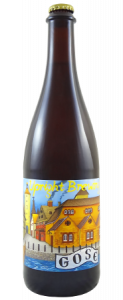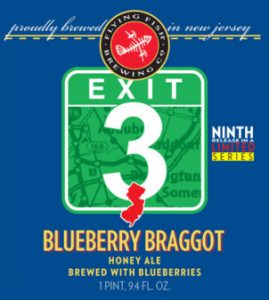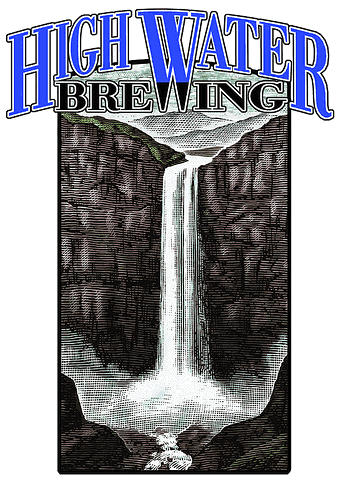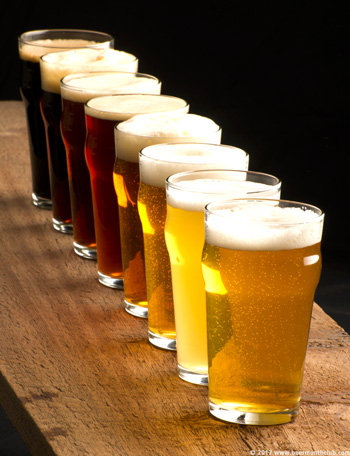 The gose style of beer has been through some worse days. The 20th century saw this German style of beer—typically quite tart, with additions of coriander and sea salt—completely cease production on more than one occasion. Ron Pattinson put together a particularly compelling history of the style over on his blog Shut Up About Barclay Perkins about ten years back, which also serves double duty as being a snapshot of what the gose scene was like in 2007. (Spoiler alert: ‘Scene’ is a strong word.) At the time, Pattinson wrote: “For the first time since before 1939 there is more than one brewery currently making a Gose, two in Leipzig itself. It’s still easier to find Kölsch in the city, so Gose hasn’t been restored to its former popularity, but the style is more secure today than it has been for any time in the last 50 years.”
The gose style of beer has been through some worse days. The 20th century saw this German style of beer—typically quite tart, with additions of coriander and sea salt—completely cease production on more than one occasion. Ron Pattinson put together a particularly compelling history of the style over on his blog Shut Up About Barclay Perkins about ten years back, which also serves double duty as being a snapshot of what the gose scene was like in 2007. (Spoiler alert: ‘Scene’ is a strong word.) At the time, Pattinson wrote: “For the first time since before 1939 there is more than one brewery currently making a Gose, two in Leipzig itself. It’s still easier to find Kölsch in the city, so Gose hasn’t been restored to its former popularity, but the style is more secure today than it has been for any time in the last 50 years.”
Today, there are hundreds of examples. Some authentic. Some authentic-ish. And some with additions of prickly pear, or dry-hopping, or aged in tequila barrels and over 10% ABV. The combo of lactic tartness (particularly as kettle-souring practices continue to spread) with the tempering additions of salt and coriander (plus a myriad of other things) has helped fuel lots of creative attempts in this general style space in recent years. Our sense of gose broadened.
So, what’s your favorite? Personally speaking: Westbrook’s Gose (from South Carolina) has been a reliable go-to (in cans!), offering assertive tartness that aims at authenticity. Upright’s Gose (from Oregon) is another delicious U.S. take, but employs French saison yeast instead of focusing on lactic acid—resulting in more of a curious wheat beer. And while purists may shake their heads at Perennial’s Suburban Beverage out of Missouri (using Key limes, Meyer lemons and Valencia oranges), it’s exactly the interpretation of ‘gose’ I’d want at the beach.
Whether traditional or (may the brewing gods have mercy on our souls…) barrel-aged, we’re curious what you’re digging on the gose front. What’s hitting the spot lately? Let us know on Twitter: the Rare Beer Club’s over @RareBeerClub, and you can find me @kenweaver.







